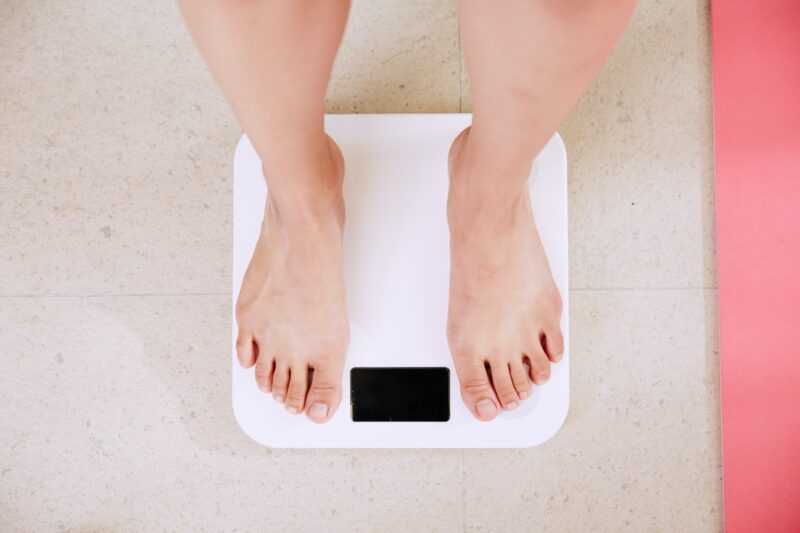The pelvic floor muscles support the bowel, bladder, and uterus, and issues within the muscles can complicate the functions of these vital organs. That is why medical experts like the McDonough pelvic floor health specialist encourage patients to continuously work towards strengthening and boosting the health of the muscles.
Some gym trainers mention other powers but fail to mention the pelvic floor muscles. That is why it’s essential to work with your doctor even as you hit the gym to understand how you can benefit the muscles. Here are five ways you can keep the pelvic muscles functioning well.
Do Kegel Right
You may have heard or have been practicing Kegel exercises. These are activities that focus on strengthening your pelvic muscles. But it is not doing the exercises that matter most; it is doing them the right way. Ensure you consult your doctor on how to do the exercises correctly.
Generally, you are to sit down with your knees and feet comfortably spread apart while leaning forward. Ensure you rest your elbows on your knees. While in that position, breathe regularly while relaxing your buttock, leg, and stomach muscles. Act like you are stopping urinating midstream or posing from passing gas. It will trigger a tightening sensation around your anus and vagina, which you should hold for a few seconds and release.
Achieve and Maintain a Healthy Weight

If you are obese or overweight, you ought to lose the extra weight. But that is not all; what is more important is maintaining a healthy weight. This will relieve pressure off the pelvic organs minimizing your risks of complications like urinary incontinence. Talk to your doctor about dietary changes and regular exercises as the simple initial steps towards improving the health of your pelvic floor.
Practice Yoga

The pelvic floor is broad and involves the larger muscle groups holding the pelvic organs together. Your abdominals, obliques, and diaphragm are also part of your pelvic floor, and you ought to keep the muscles active. But Kegel exercises only target a specific area and might not attend to all pelvic muscles.
Therefore, you can add activities like yoga to support those additional muscles. Research has found legs up the wall, reclined bound angle, Malasana, and child pose as the most effective yoga poses in bosting pelvic floor health.
Core and Lower ab Exercises

After mastering the Kegel exercises mentioned earlier, you can talk to your doctor about proceeding to more challenging activities. You might benefit from three basic moves; bridge, wall squat, and jumping jack. The bridge involves lying on your back with your knees hip-width apart and bent. You are to inhale, lift your hips, and hold the position for about 10 seconds before repeating it severally.
You are to stand against a wall and pose as if sitting on a chair while you inhale and flex your pelvic floor muscles for the wall squat. You will then stand up straight and repeat the exercise.
Doing the jumping jacks means you flex your pelvic floor muscles while you jump your legs apart and ease them when you hope to put your legs back together. You can repeat the exercise for about 30-60 seconds.
If you are determined to learn how you can boost the health of your pelvic floor muscles or you are enduring symptoms associated with the forces, get in touch with the specialists at Ideal Gynecology. You can also schedule your consultation appointment online.


